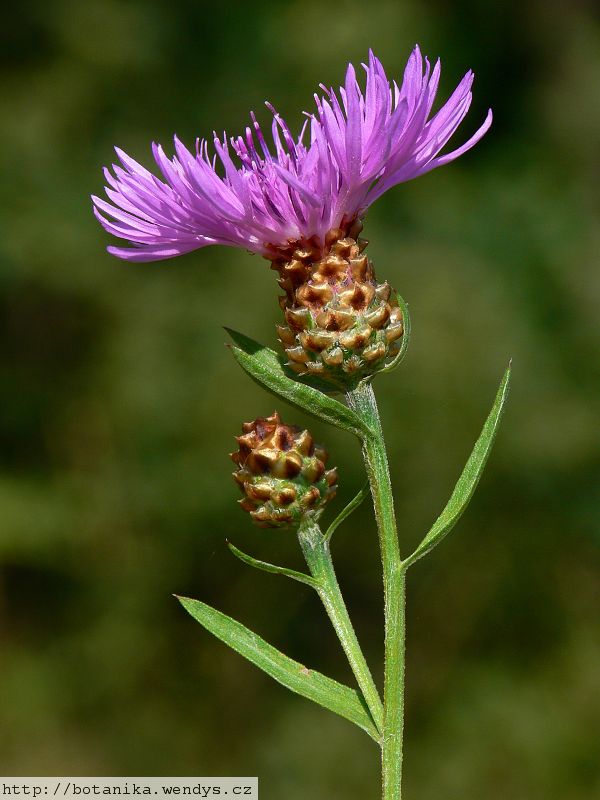Brown Knapweed

Common Name: Brown Knapweed
Scientific Name: Centaurea jacea L.
Origin: Europe, Asia, and Africa
Description
Brown Knapweed is a perennial plant that can grow up to 1-3 feet tall. They flower from June to September as magenta flowers about 1 – 1 ¼ inch wide solitary heads. In the woody root crown 20 – 48 inches tall beneath the flower head, the long fringes of the bracts are tannish brown in coloration.
Habitat
Brown knapweed inhabit dry fields, meadows, pastures, open areas and roadsides.
Threat
Knapweed degrades wildlife by crowding out forage, increasing soil erosion, and creating wildfire hazards. They are highly invasive.
Management
Brown knapweed reproduces from seeds and from the woody root crown. Management includes stopping the spread of the seeds by pulling or digging up an infestation, including the entire root. Chemicals glyphosate, picloram, 2, 4-D, and clopyralid have all been used on knapweeds. Gall flies, (Urophora affinis and Urophora quadrifasciata) feed on the developing seed heads. They have been introduced before to reduce the seed production, as they co-exist well.
Distribution: View Map
Brown knapweed is present in the west and east coasts yet predominate in Washington and Oregon. This invasive is found in the FL-PRISM.

